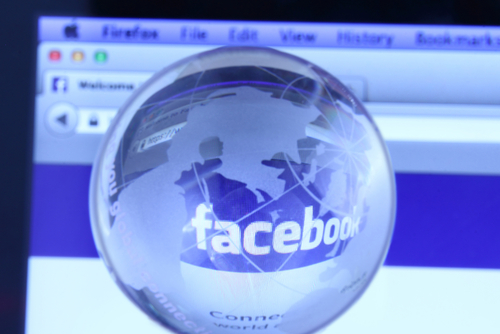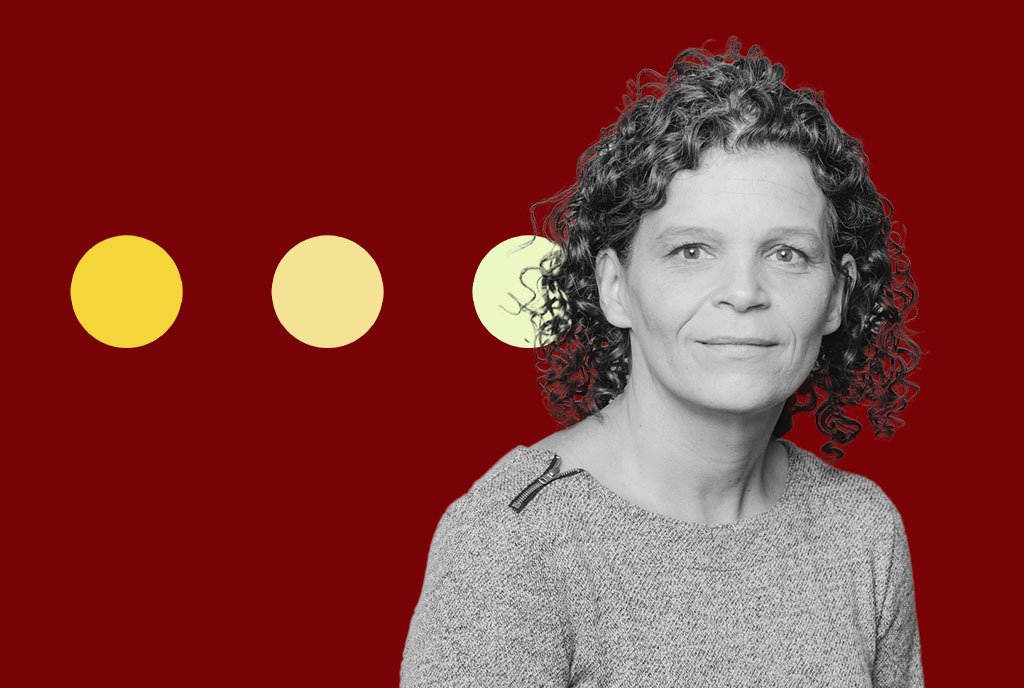
dolphfyn / Shutterstock.com
May 15, 2015; Los Angeles Times
Facebook has joined forces with content powerhouses like BuzzFeed, NBC News, the New York Times and other media outlets. In the past, Facebook users who clicked on an article in their Newsfeed would be redirected to the website of the outlet to read the story. Once “Instant Articles” becomes fully operational, users will not have to wait to access the content; instead, the news will reside directly on Facebook.
This represents a momentous paradigm shift both in the distribution of news and in social media. Media outlets have finally determined that Facebook is the elephant in the room; if readers are decreasing in number, then the only way to get them back is to go where they hang out virtually—and the numbers show that the majority of them are still on Facebook. It’s a business model that’s a sign of the times: the transfer of power from “media tribes to technology tribes.”
Sign up for our free newsletters
Subscribe to NPQ's newsletters to have our top stories delivered directly to your inbox.
By signing up, you agree to our privacy policy and terms of use, and to receive messages from NPQ and our partners.
As this shift happens, publishers will have access to Facebook’s 1.4 billion users and Facebook will have access to full articles and video. Under the new deal, publishers keep all revenue from ad space they’ve sold along with the content. (Sources conflict as to how much money Facebook will keep from any ads it puts in itself—either a 50/50 split, or its “usual 30 percent cut”—but the rest will go to the media outlet.)
Reporting for the Los Angeles Times, Alan D. Mutter, a Silicon Valley chief executive and the former editor of multiple major metropolitan newspapers, writes, “It seems fair to conclude that the media companies who took the leap felt they were damned if they did and damned if they didn’t. In the end, however, this was an offer they couldn’t refuse.”
But there are some interesting questions not yet answered by Facebook:
- How did Facebook choose its content providers? In addition to the trio note above, other media companies that will be funneling content to Facebook include the Atlantic, BBC News, the Guardian, National Geographic, and Spiegel Online. Why were other large and well-known content providers left out?
- Facebook knows its audience intimately and tracks behavior ruthlessly. Nobody does a better job when it comes to the magnitude of its capability to glean accurate personal data. Its audience gets personalized information, just the way it wants it, and the more content that’s received, the more intelligence Facebook gets. It stands to reason, then, that the people who get their news from Facebook get what the algorithms have determined is the news they want to know—not necessarily what they need to know. Will users get any of their news elsewhere? Will they be happy with Facebook’s filtering of important information?
- If Facebook’s business model is all about monetizing the news, where does that leave nonprofits? Why should they be left out? They certainly have quality content. Consider important health statistics and care advice that could be provided by the American Cancer Society, the American Red Cross, or the American Heart Association, to name just a few. There are thousands, if not hundreds of thousands of nonprofits that could and would be thrilled to offer content to Facebook, so why were they left behind?
In thinking about adding Facebook’s chosen news stories to our newsfeeds, the reason why social media works at all takes center stage. At its core, activity on social media is about the opportunity to connect with friends and family—which often includes discussing work, politics, or what’s happening with the news. So, will this latest development from Facebook be soundly rejected or embraced by consumers? Is this consolidation of social media with traditional media the next step toward a single point for information dispersal? Only time will tell.— Debbie Laskey and G. Meredith Betz













